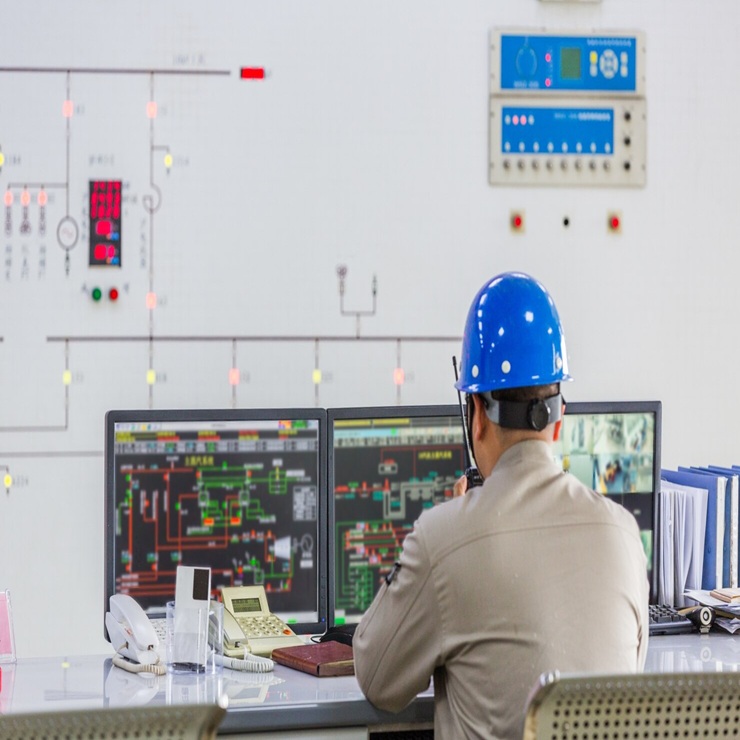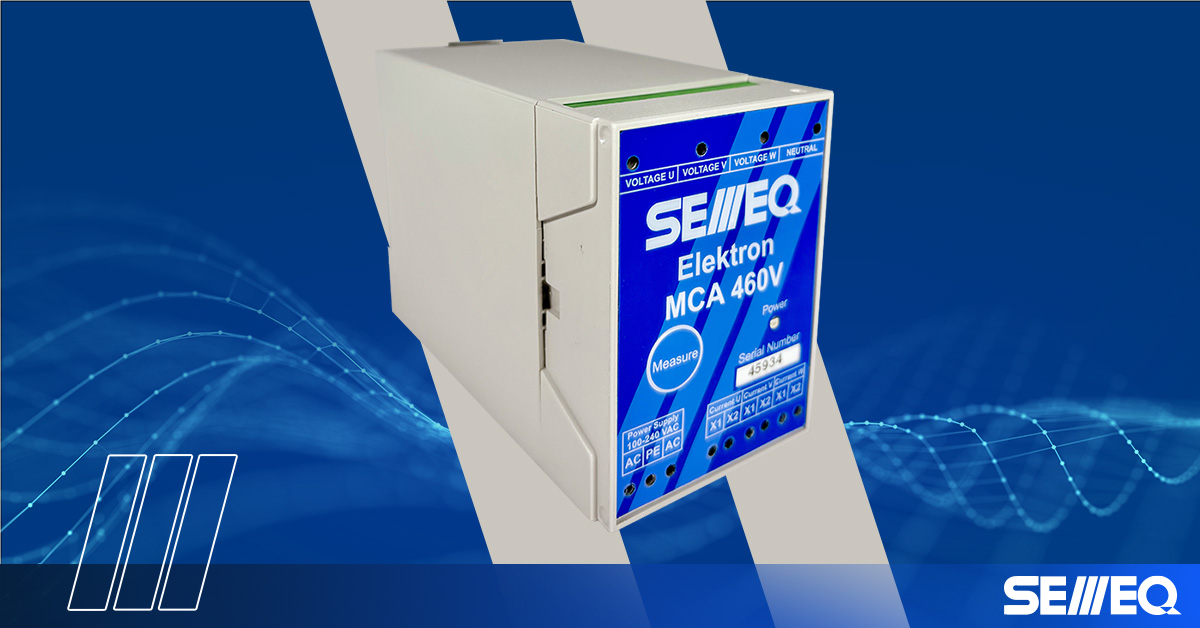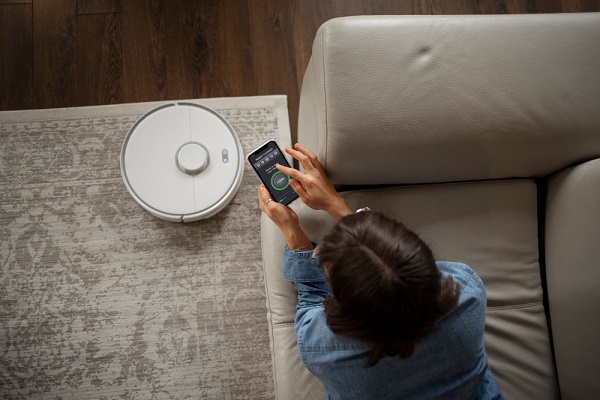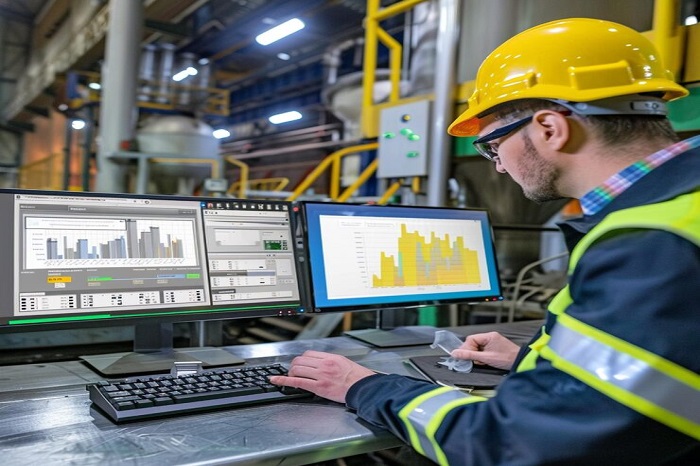In modern industrial environments, equipment performance directly impacts productivity, safety, and operational costs. When machinery fails unexpectedly, it can lead to costly downtime, disrupted processes, and even safety hazards. This is why sensors condition monitoring has become an essential practice for industries seeking reliability, efficiency, and smarter maintenance strategies. By continuously tracking equipment health through advanced sensors, organizations can detect early warning signs, prevent failures, and keep operations running smoothly.
What Is Sensors Condition Monitoring?
Sensors condition monitoring involves installing specialized sensors on machines to track key performance indicators such as vibration, temperature, pressure, humidity, and electrical signals. These sensors provide real-time data, helping maintenance teams identify irregularities long before a breakdown occurs.
Unlike traditional reactive maintenance—which only addresses problems after they happen—condition monitoring takes a proactive approach. It empowers engineers to understand how equipment is performing and why issues are developing.
How Sensors Condition Monitoring Works
The process begins with sensors placed on critical components like motors, bearings, pumps, compressors, and rotating machinery. These sensors collect data continuously and transmit it to a central system or cloud platform. Using this live stream of information, monitoring software analyzes patterns, detects anomalies, and alerts technicians when a parameter deviates from recommended limits.
Data gathered from sensors condition monitoring typically includes:
Vibration levels to detect imbalances, misalignment, or bearing wear
Temperature readings to identify overheating or lubrication issues
Pressure fluctuations indicating leaks or blockages
Humidity changes that may affect sensitive equipment
Electrical parameters to reveal overloading or power quality problems
By combining these data points, industries gain a comprehensive view of equipment health.
Benefits of Sensors Condition Monitoring
Reduces Unexpected Downtime
Early detection of abnormalities ensures maintenance teams can act before minor issues become major failures. This helps avoid expensive unplanned shutdowns.Improves Equipment Lifespan
Monitoring ensures machines operate within safe limits, preventing excessive wear and extending service life.Boosts Safety
Faulty equipment can cause severe hazards. Real-time alerts help eliminate risks by allowing timely maintenance.Supports Predictive Maintenance
Data-driven insights make it possible to predict failures and schedule maintenance only when needed, saving time and resources.Enhances Cost Efficiency
Fewer breakdowns, optimized repairs, and reduced energy waste translate into better cost control.Enables Better Decision-Making
Engineers can analyze historical data to identify patterns and improve operational strategies.
Industries Benefiting from Sensors Condition Monitoring
Almost every sector using machinery can benefit, including:
Manufacturing plants for monitoring motors, conveyors, and production machines
Oil and gas for pumps, compressors, and drilling equipment
Power generation for turbines, generators, and transformers
Automotive for assembly line machinery and robotics
Food processing where hygiene and continuous operation are critical
HVAC systems to maintain stable environmental conditions
As industries move toward digital transformation, the adoption of smart sensors is becoming standard practice.
Choosing the Right Sensors for Monitoring
Selecting the appropriate sensors depends on your equipment type and operating environment. Key factors to consider include:
Measurement range and accuracy
Compatibility with existing systems
Durability in harsh conditions
Wireless vs. wired connectivity
Data storage and analytics capabilities
Integrating multiple sensor types often provides a more accurate and holistic view of machinery health.
The Future of Condition Monitoring
With advancements in IoT and AI technologies, the future of sensors condition monitoring is even more promising. Intelligent algorithms can now detect anomalies, predict potential failures, and recommend solutions automatically. This shift transforms maintenance from reactive to fully predictive and even prescriptive.
Conclusion
Reliable equipment health begins with accurate, continuous monitoring. By using sensors condition monitoring, industries can maximize productivity, reduce downtime, improve safety, and make smarter maintenance decisions. For advanced monitoring solutions designed to keep your operations running smoothly and efficiently, trust Semeq, your dependable partner in equipment health and industrial diagnostics.




